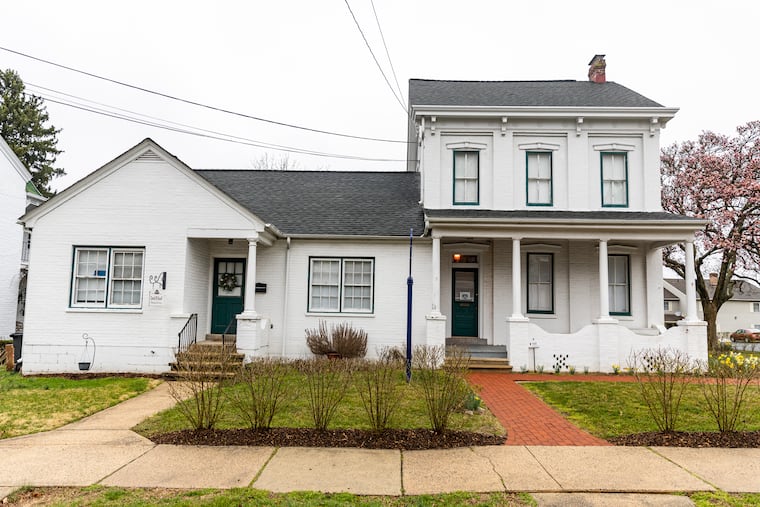Step inside Pulitzer Prize-winner John Updike’s childhood home in Shillington, Pa.
The house, listed on the National Register of Historic Places, has been restored to serve as a museum honoring one of America’s most noted authors.

The house, listed on the National Register of Historic Places, has been restored to serve as a museum honoring one of America’s most noted authors.
